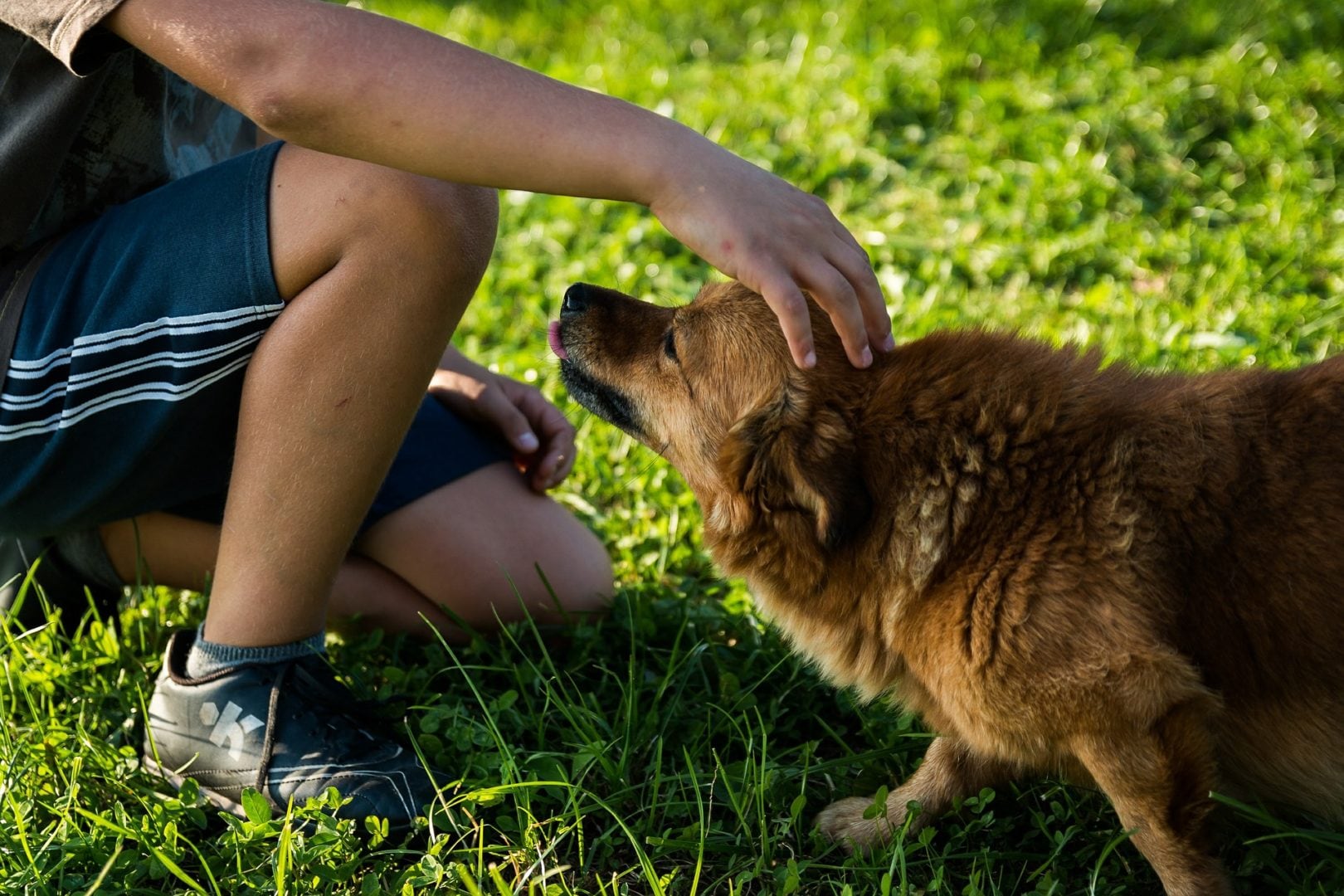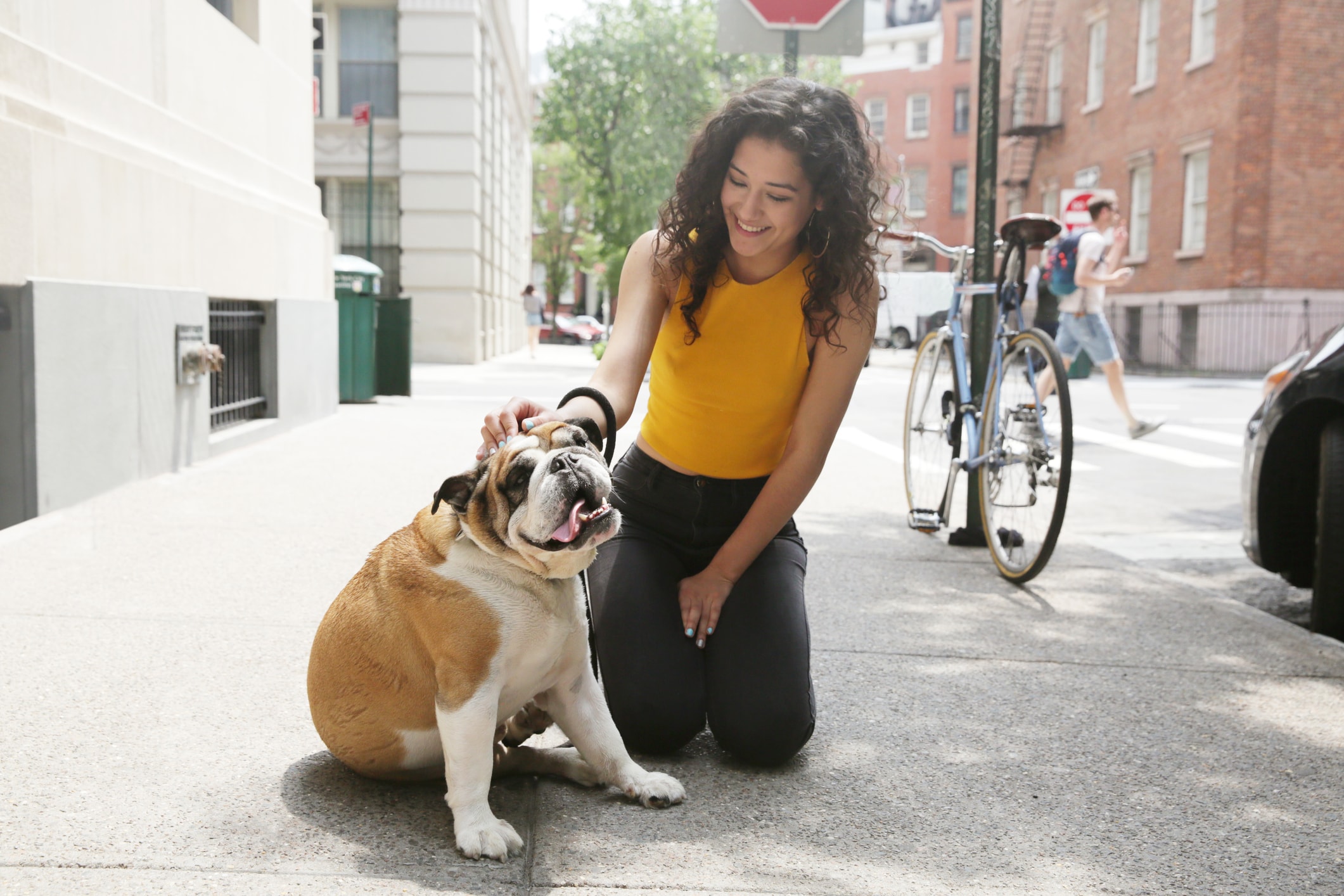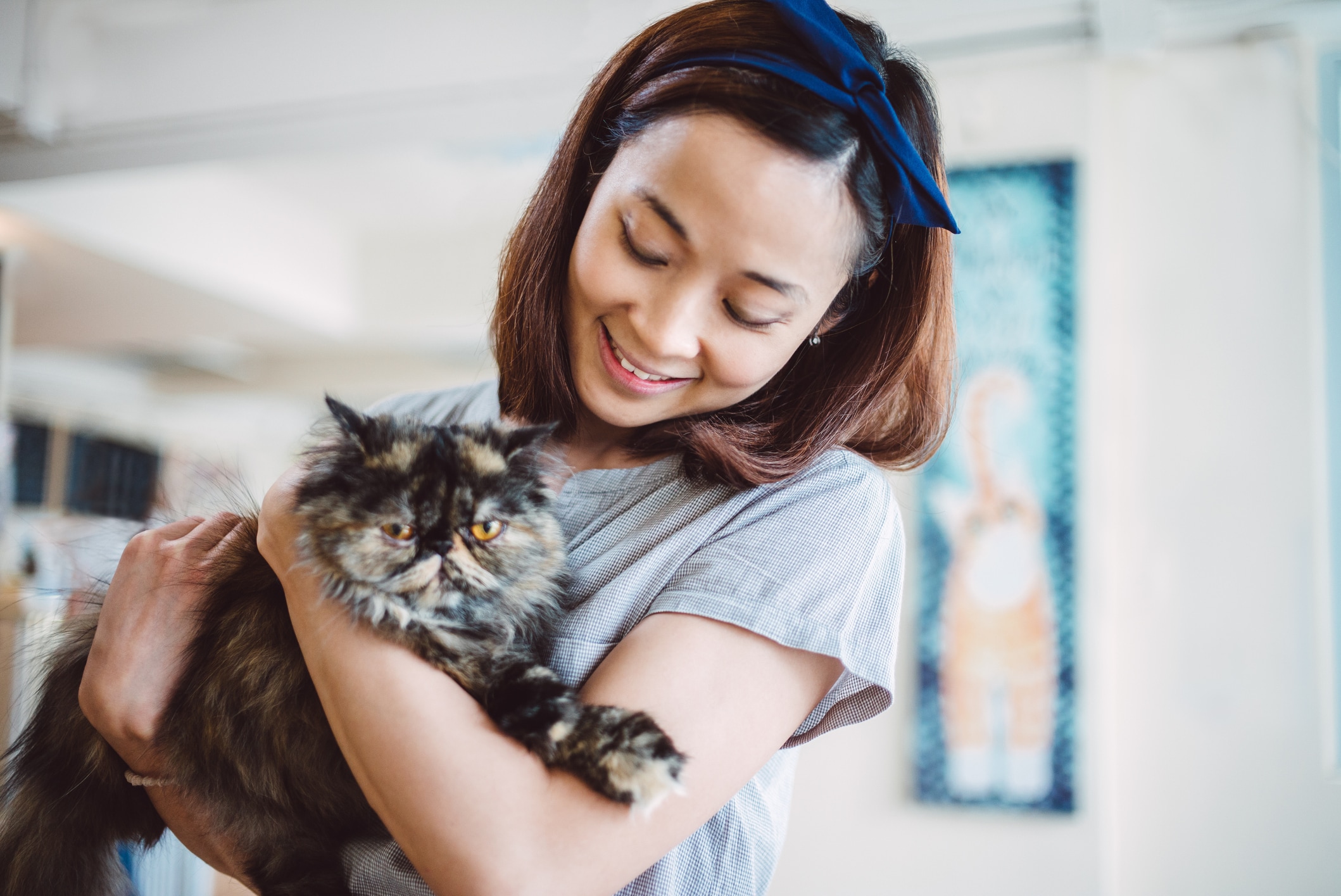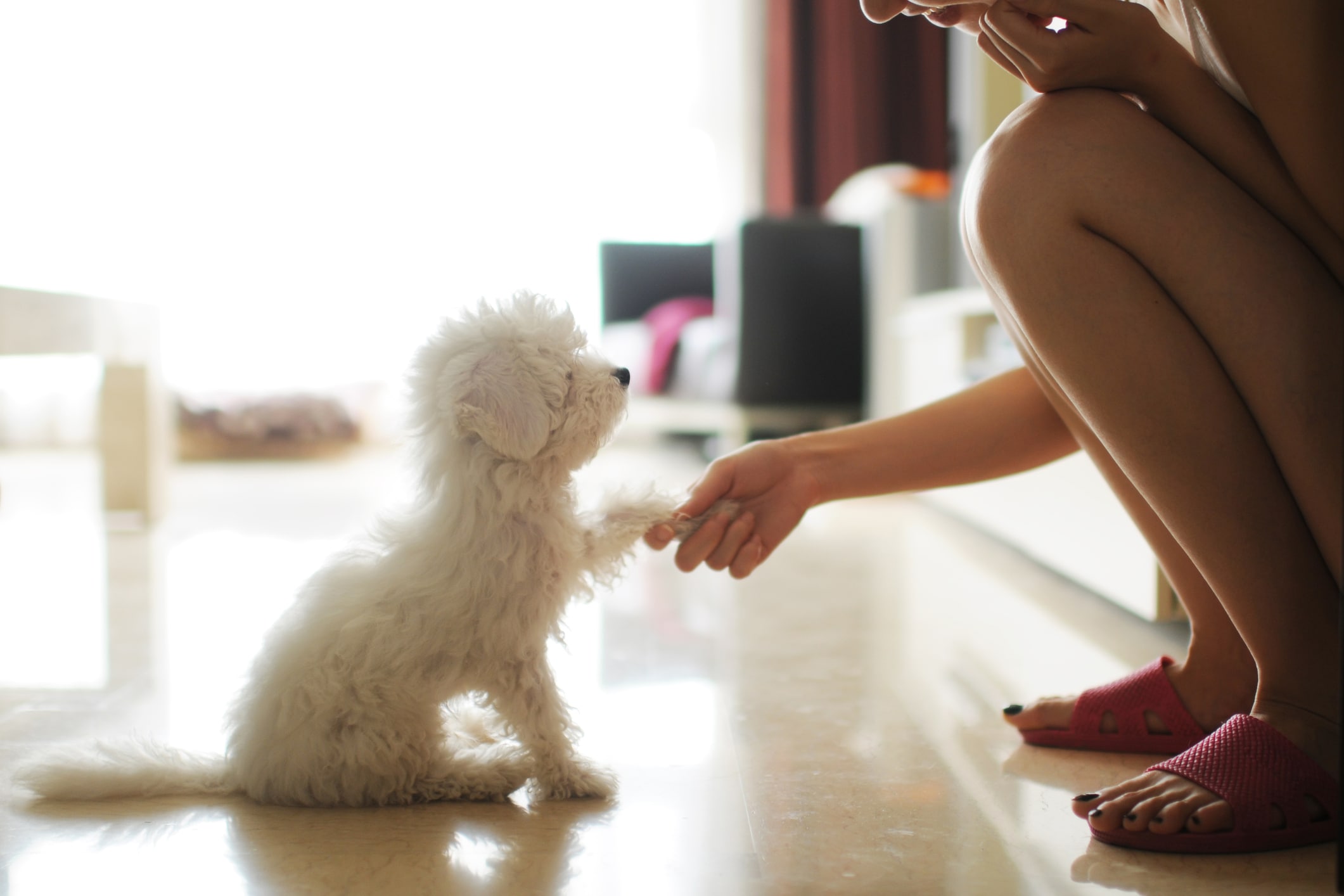Individuals who have never owned or cared for a dog may have some anxiety about dog behavior and some apprehension about bites and attacks. The media does a good job of showing the violent injuries that are sustained by dog bite victims, particularly against children, but does a very poor job of explaining the circumstances that led up to the bite incident.
Just like humans, few physical attacks ever happen between a dog and a dog bite victim without several circumstances or factors that contributed to the bite. There is also a difference between a dog bite and an attack, which is not always differentiated when an unfortunate injury occurs. In this article, we will talk about owner responsibilities for care and training, and the importance of socialization for all breeds and sizes of domestic dogs for public safety.
Dog Training and Socialization: Safety Starts with Pet Owners
Much like their wild relatives, the wolf, a dog is a pack animal and trainers understand that psychologically, dogs are wired to behave the same way. If you have ever heard the term “pack mentality,” it refers to the sociological structures that wolves create for survival; close family bonds and leadership ideals help them work together as a team.
Have you ever seen a dog pulling its owner on a leash, and thought to yourself “exactly who is walking who?” In that type of scenario, the dog is acting the part of the pack leader, because he or she has not been taught otherwise.
How to tell if your dog thinks he is the leader in your house:
-
He wakes you up before you want to wake up.
-
He expects to eat before you eat breakfast.
-
He always enters the room without you, and walks ahead of you.
-
He doesn’t listen to you when you call him, or to your training commands.
-
He pulls you on the leash and is difficult to control.
-
He sits in your chair, on the couch, or anywhere he likes.
-
He takes your things (shoes, socks, or other garments) to his bed.
- He wants to play all the time (views you as a playmate).
Some of the habits may seem cute, and even playful, but they are signs of a leadership vacuum between you and your dog. For instance, a dog would never touch the belonging of an alpha leader in the pack, because there would be consequences. While your adult dog “borrows your shoe” and it may seem like it’s an act of love, it is a really a message that your possessions are his, and he is in charge.
Taking control with strong, consistent leadership skills not only makes your dog easier to train and live with, but it also makes your pet a good canine citizen – one that is less likely to react with aggressive or anxiety-prone violent behaviors, such as biting.
The Importance of Leash Training
Socialization involves getting to know your dog, and having your dog (whether a puppy or an adult shelter adoptee) get to know not just your family, but also your friends and other people who will be spending time around you and your pet. But, socialization does not stop with your immediately community; it is vital that dogs learn to be confident on the leash in public areas. If your dog spends most of his time in your house, or in your backyard, how can you predict how he may behave at a park? Or when camping with friends?
Leash training is critical to improving the emotional confidence and discipline of your dog. Dogs should be exposed to sidewalks with other pets, strangers, traffic sounds, and food smells to become reliable on a leash. He should also learn to heal, not pull at the leash, sit (when you stop), and avoid barking or growling at pedestrians and other dogs. Keep in mind that training your dog is a gift you give yourself; the more time you spend creating discipline and leadership on leash, the more your dog will respect you as the “pack leader” and take to other training that you want him to master.
Games That Teach Aggression
Some of the most seemingly harmless games with your dog can be inadvertently teaching them to be aggressive with other people and your family. Per Albany dog bite injury law, owners are responsible for any damages to property, to other pets, or to persons that your dog commits. That damage can range from attacking other pets (including cats); chasing, intimidating, or biting other people; or digging, chewing, or destroying the property of neighbors.
The following ‘fun’ games with your dog may beach him bad social and safety behaviors:
-
Tug of war (with rope or toy). This teaches your dog he can overpower human beings.
-
Play fighting in front of the dog. Ask yourself if you think your dog can tell when someone is roughhousing with you or trying to hurt you? If your dog reads the situation as a threat against his special person, he may bite in defense.
-
“Mine”. Do you take away your dog’s food, treats, or toys when you are playing? Teaching your dog to respect your possessions is important, but your dog also needs you to respect his territory and possessions. That old shoe might not look like much, but if it’s very important to your dog, don’t antagonize your pet by teasing him and removing access to it. It can also teach your pet to be possessive and aggressive when it comes to belongings.
Just as it is important for pet owners to invest time and effort into ongoing training for their dog, it is also important for dog guardians to establish rules of fair play around canine companions to help prevent dog bite incidents. Young children should not be allowed to climb, ride, pull ears or tails, or participate in other activities that dogs see as aggressive and injurious.
Remember to set the rules for responsible behavior around your dog to reduce the likelihood of a bite or attack, and never leave children or the elderly unsupervised with dogs.





